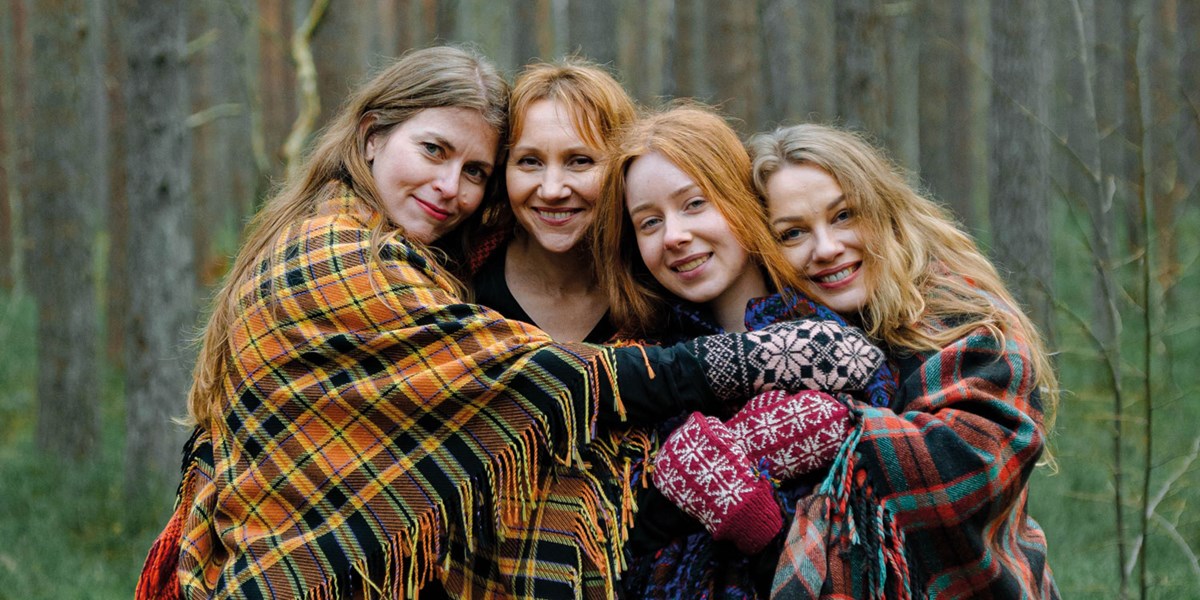Thursday, May 15, 2025
The Baltic Sisters: breathing new life into Lithuanian sutartinės
The Baltic Sisters, singers from Lithuania, Latvia and Estonia, open a gate into sutartinės, a beguiling regional treasure

L-R: Marion Selgall, Vineta Romāne, Liene Skrebinska, Laurita Peleniūtė

Register now to continue reading

Thanks for visiting the Songlines website, your guide to an extraordinary world of music and culture. Sign up for a free account now to enjoy:
- Free access to 2 subscriber-only articles and album reviews every month
- Unlimited access to our news and awards pages
- Our regular email newsletters

